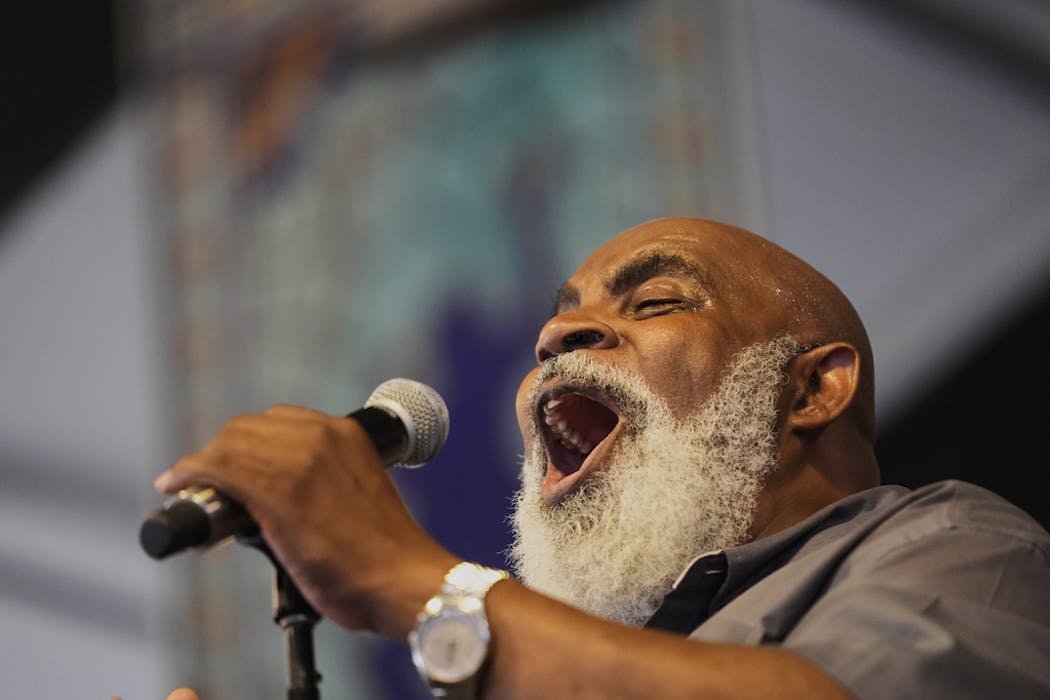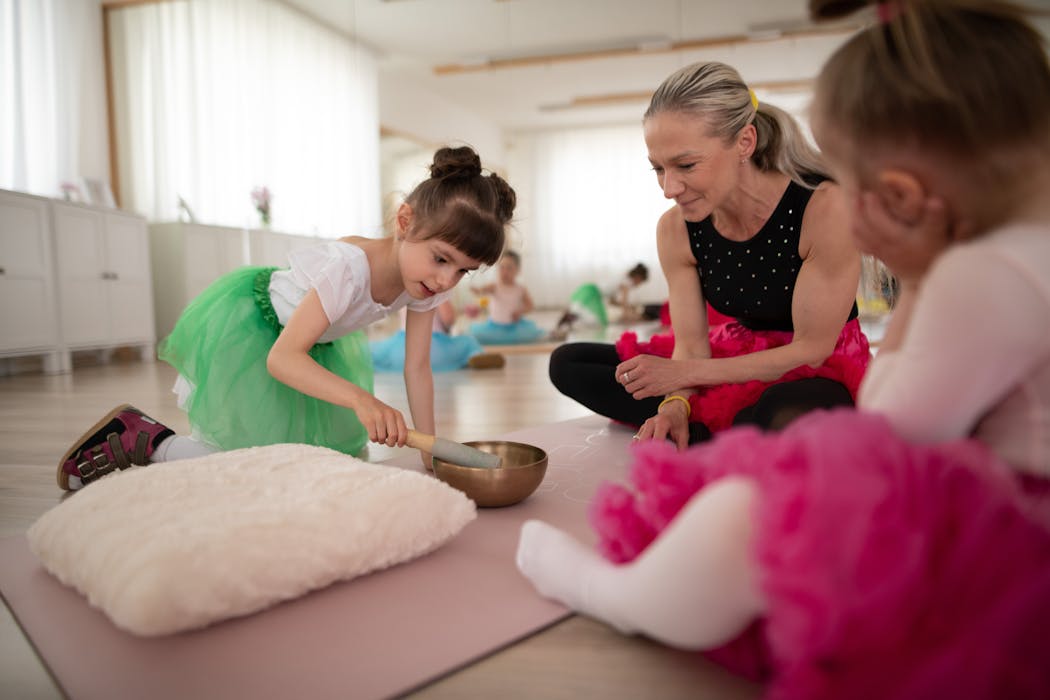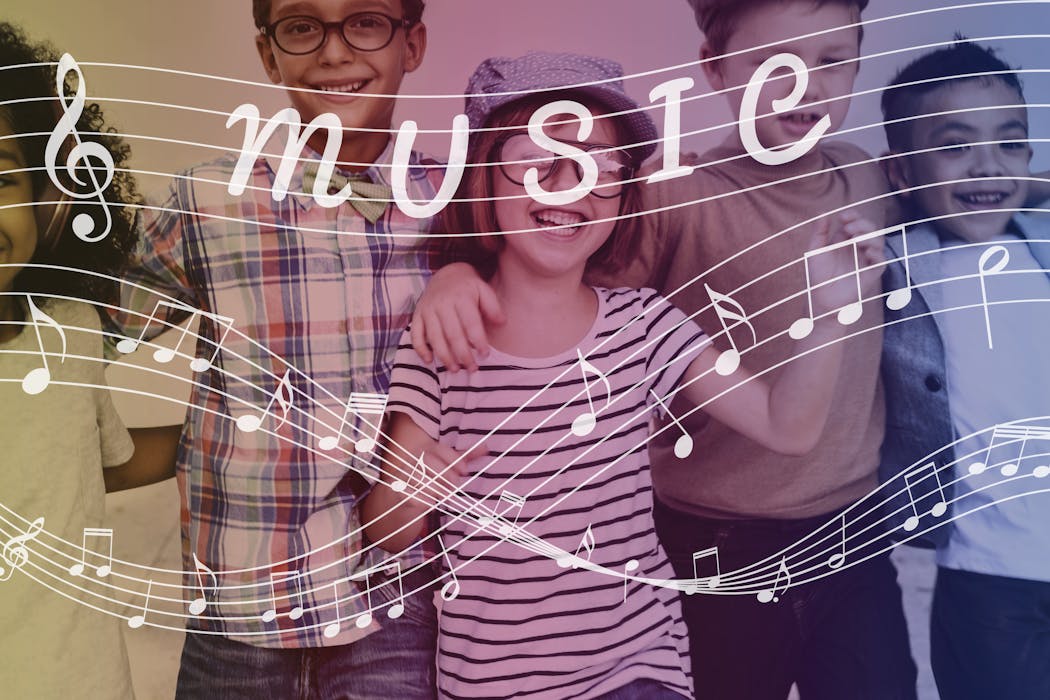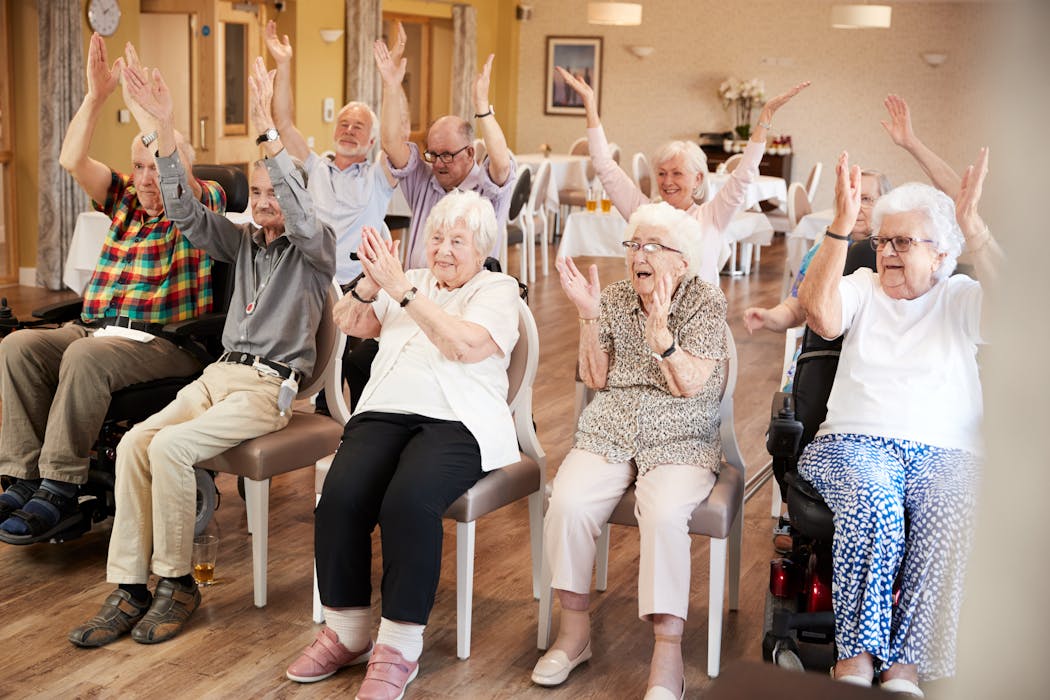Movement is a powerful form of self-expression that transcends language and cultural barriers. It allows individuals to communicate their emotions, thoughts, and experiences in a way that words cannot. Whether it’s through the graceful movements of ballet, the rhythmic beats of hip-hop, or the fluidity of contemporary dance, movement has the ability to convey a wide range of emotions and experiences. This form of expression can be particularly beneficial for individuals who struggle to articulate their feelings verbally or who have experienced trauma or emotional distress. Movement allows individuals to release pent-up emotions, process difficult experiences, and connect with their inner selves in a profound way.
Furthermore, movement can also be a form of empowerment and liberation. Through dance, individuals can reclaim their bodies and assert their agency in a world that often seeks to silence or marginalize them. This is particularly true for marginalized communities, such as people of color, LGBTQ+ individuals, and individuals with disabilities, who have historically been denied the opportunity to express themselves fully. Movement allows these individuals to assert their identities, celebrate their cultures, and challenge societal norms in a way that is both empowering and liberating.
Understanding Dance Therapy and its Benefits
Dance therapy is a form of expressive therapy that uses movement and dance to support emotional, cognitive, physical, and social integration. It is based on the belief that the body and mind are interconnected, and that movement can be used as a tool for healing and self-discovery. Dance therapy is often used to help individuals who have experienced trauma, grief, or mental health challenges, as well as those who are seeking personal growth and self-awareness. Through guided movement exercises, individuals are able to explore their emotions, release tension, and gain insight into their inner selves.
One of the key benefits of dance therapy is its ability to promote self-expression and emotional release. By engaging in movement, individuals are able to express their feelings in a non-verbal way, which can be particularly beneficial for those who struggle to articulate their emotions verbally. Additionally, dance therapy can also help individuals develop a greater sense of self-awareness and self-acceptance. Through movement, individuals are able to connect with their bodies and gain a deeper understanding of their physical and emotional experiences. This can lead to increased self-confidence, improved body image, and a greater sense of empowerment.
Exploring Different Forms of Dance Therapy
There are many different forms of dance therapy, each with its own unique approach and focus. One common form of dance therapy is known as authentic movement, which involves individuals moving in response to their inner impulses and sensations. This form of therapy is often used to help individuals access their unconscious thoughts and emotions, as well as to explore their inner worlds in a safe and supportive environment. Another form of dance therapy is known as dance/movement therapy, which combines elements of dance, movement, and psychotherapy to support emotional healing and personal growth. This approach is often used to help individuals process trauma, improve body awareness, and develop healthier coping mechanisms.
In addition to these traditional forms of dance therapy, there are also many other movement-based practices that can be used for therapeutic purposes. For example, somatic experiencing is a body-oriented approach to healing trauma that focuses on releasing physical tension and restoring a sense of safety in the body. Similarly, yoga therapy combines movement, breathwork, and mindfulness practices to support emotional regulation and stress reduction. These diverse approaches to dance therapy highlight the versatility and adaptability of movement as a tool for healing and self-discovery.
How Dance Therapy Can Help You Find Your Authentic Voice
Dance therapy can be a powerful tool for helping individuals find their authentic voice and express themselves more fully. Through movement, individuals are able to tap into their inner worlds and access emotions and experiences that may be difficult to articulate verbally. This can be particularly beneficial for individuals who have experienced trauma or emotional distress, as movement provides a safe and non-verbal outlet for processing difficult experiences. Additionally, dance therapy can also help individuals develop a greater sense of self-awareness and self-acceptance. By connecting with their bodies and exploring their physical experiences, individuals can gain insight into their emotions, thoughts, and behaviors.
Furthermore, dance therapy can also help individuals build confidence and assert their identities in a way that is both empowering and liberating. Through movement, individuals can reclaim their bodies and assert their agency in a world that often seeks to silence or marginalize them. This is particularly true for marginalized communities, such as people of color, LGBTQ+ individuals, and individuals with disabilities, who have historically been denied the opportunity to express themselves fully. Movement allows these individuals to celebrate their cultures, challenge societal norms, and assert their identities in a way that is both empowering and liberating.
Overcoming Barriers to Self-Expression Through Movement
For many individuals, self-expression can be challenging due to internal or external barriers. These barriers may include fear of judgment or rejection, lack of confidence or self-esteem, or past experiences of trauma or emotional distress. However, dance therapy can be an effective tool for overcoming these barriers and accessing one’s authentic voice. Through movement, individuals are able to bypass the limitations of language and connect with their inner selves in a non-verbal way. This can be particularly beneficial for those who struggle to articulate their feelings verbally or who have experienced trauma or emotional distress.
Additionally, dance therapy can also help individuals build confidence and assert their identities in a way that is both empowering and liberating. Through movement, individuals can reclaim their bodies and assert their agency in a world that often seeks to silence or marginalize them. This is particularly true for marginalized communities, such as people of color, LGBTQ+ individuals, and individuals with disabilities, who have historically been denied the opportunity to express themselves fully. Movement allows these individuals to celebrate their cultures, challenge societal norms, and assert their identities in a way that is both empowering and liberating.
Incorporating Dance Therapy into Your Self-Care Routine
Incorporating dance therapy into your self-care routine can be a powerful way to support your emotional well-being and personal growth. Whether you’re dealing with stress, anxiety, depression, or trauma, movement-based practices can provide a safe and supportive outlet for processing difficult emotions and experiences. Additionally, dance therapy can also help you develop greater self-awareness and self-acceptance by connecting with your body and exploring your physical experiences. This can lead to increased self-confidence, improved body image, and a greater sense of empowerment.
Furthermore, incorporating dance therapy into your self-care routine can also help you build resilience and develop healthier coping mechanisms. By engaging in movement-based practices on a regular basis, you can release physical tension, regulate your emotions, and restore a sense of balance in your body and mind. This can be particularly beneficial for those who struggle with chronic stress or emotional dysregulation. By incorporating dance therapy into your self-care routine, you can cultivate greater emotional resilience and develop healthier ways of coping with life’s challenges.
Finding Your Voice and Building Confidence Through Dance Therapy
Finding your voice and building confidence through dance therapy is a transformative process that can support your emotional well-being and personal growth. Through movement-based practices, you can access your authentic voice and express yourself more fully in a safe and supportive environment. This can be particularly beneficial for those who struggle with self-expression or who have experienced trauma or emotional distress. By engaging in movement-based practices on a regular basis, you can release physical tension, regulate your emotions, and restore a sense of balance in your body and mind.
Additionally, dance therapy can also help you develop greater self-awareness and self-acceptance by connecting with your body and exploring your physical experiences. This can lead to increased self-confidence, improved body image, and a greater sense of empowerment. By reclaiming your body through movement-based practices, you can assert your agency in a world that often seeks to silence or marginalize you. This is particularly true for marginalized communities who have historically been denied the opportunity to express themselves fully. Through dance therapy, you can celebrate your culture, challenge societal norms, and assert your identity in a way that is both empowering and liberating.
Find out how Torongo Therapyplus can help you with your needs. Get in touch with us at smile@torongo.life, or call us on 02 8809 9965.































